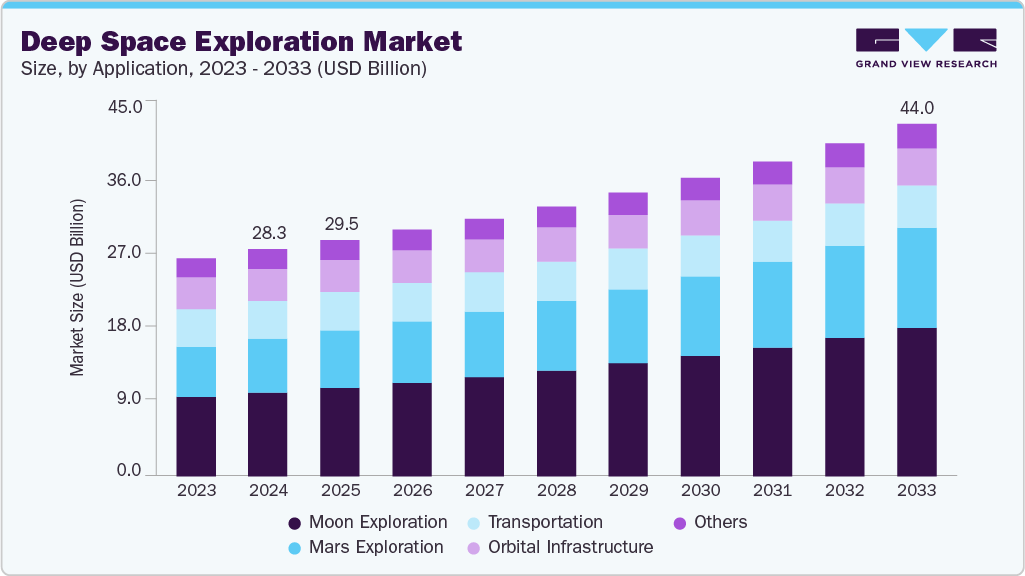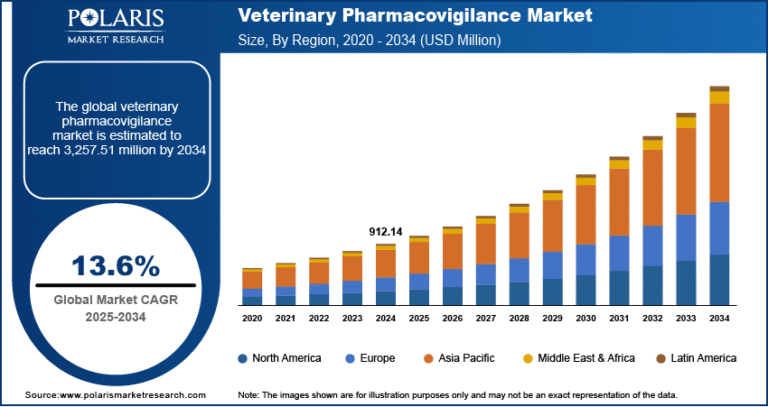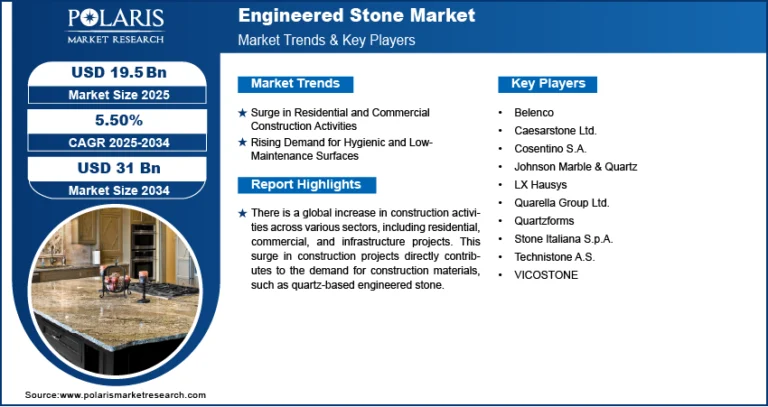Deep Space Exploration Market Size, Share & Trends Analysis growing at a CAGR of 5.1% from 2025 to 2033

The global deep space exploration market size was estimated at USD 28.35 billion in 2024 and is anticipated to reach USD 44.03 billion by 2033, growing at a CAGR of 5.1% from 2025 to 2033. The market growth is primarily driven by increasing investments from government space agencies and private aerospace companies, rising interest in interplanetary missions, deep space communication technologies, growing demand for scientific research beyond Earth’s orbit, and the development of reusable launch systems.
Key Market Trends & Insights
- North America dominated the global deep space exploration market with the largest revenue share of over 51% in 2024.
- The deep space exploration market in the U.S. led the North America market and held the largest revenue share in 2024.
- By application, the moon exploration segment led the market and held the largest revenue share of over 36% in 2024.
- By subsystem, the propulsion system segment led the market and held the largest revenue share of over 40% in 2024.
- By mission type, the unmanned mission segment dominates the market and holds the largest revenue share of over 74% in 2024.
Market Size & Forecast
- 2024 Market Size: USD 28.35 Billion
- 2033 Projected Market Size: USD 44.03 Billion
- CAGR (2025-2033): 5.1%
- North America: Largest market in 2024
- Asia Pacific: Fastest growing market.
Request a free sample copy or view report summary: https://www.grandviewresearch.com/industry-analysis/deep-space-exploration-market-report/request/rs1
The increasing demand for scientific discovery, space resource utilization, and long-duration interplanetary missions primarily drives market growth. The growing involvement of private aerospace companies and international collaborations accelerates mission planning and execution. Government investments and long-term strategic initiatives foster innovation and funding for advanced exploration technologies. Rising interest in planetary defense, asteroid mining, and extraterrestrial habitation is further propelling the expansion of the deep space exploration industry.
The rising interest in interplanetary missions and space colonization is significantly fueling the growth of the deep space exploration industry. Government agencies like NASA, ESA, CNSA, and private companies such as SpaceX and Blue Origin are investing heavily in long-duration missions. These initiatives drive demand for advanced propulsion systems, space habitats, and autonomous navigation technologies. This surge in mission planning and execution is expanding the commercial viability of deep space ventures and accelerating innovation across the industry.
In addition, the increasing emphasis on international collaboration and public-private partnerships is becoming a major market growth driver. Collaborative R&D efforts enable shared access to critical technologies, reduce development costs, and boost the pace of mission deployment. This cooperative approach strengthens global capabilities and supports the sustainable expansion of the deep space economy.
Furthermore, advancements in AI, robotics, and autonomous systems are revolutionizing deep space exploration capabilities. These technologies are integrated into planetary rovers, space probes, and unmanned missions to enhance real-time decision-making, terrain mapping, and sample collection. Automation reduces reliance on human intervention, allowing extended missions in harsh and remote environments. AI and robotics continue to evolve, streamlining complex tasks and driving greater efficiency in mission planning and execution, accelerating market growth.






